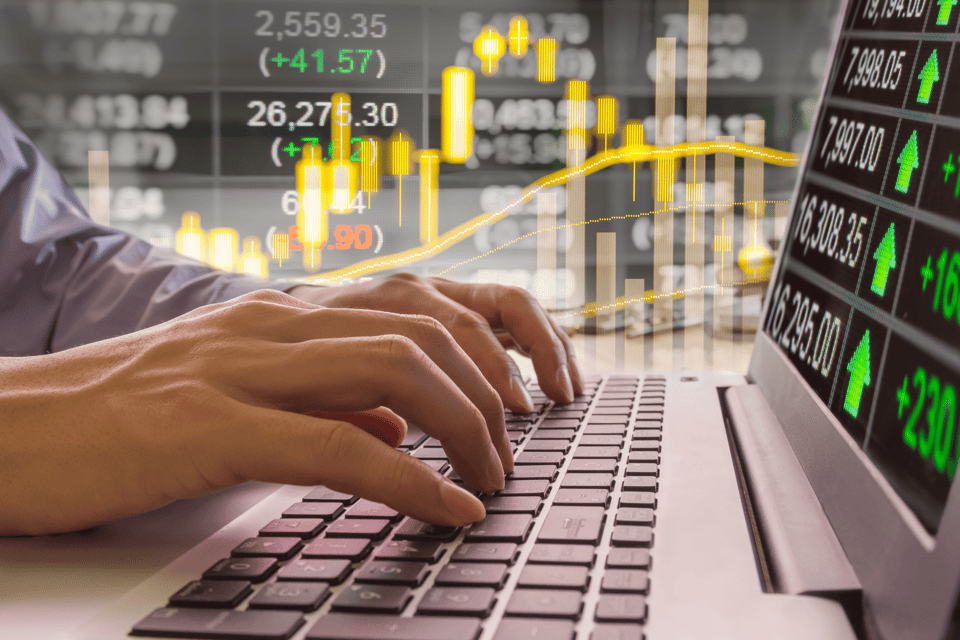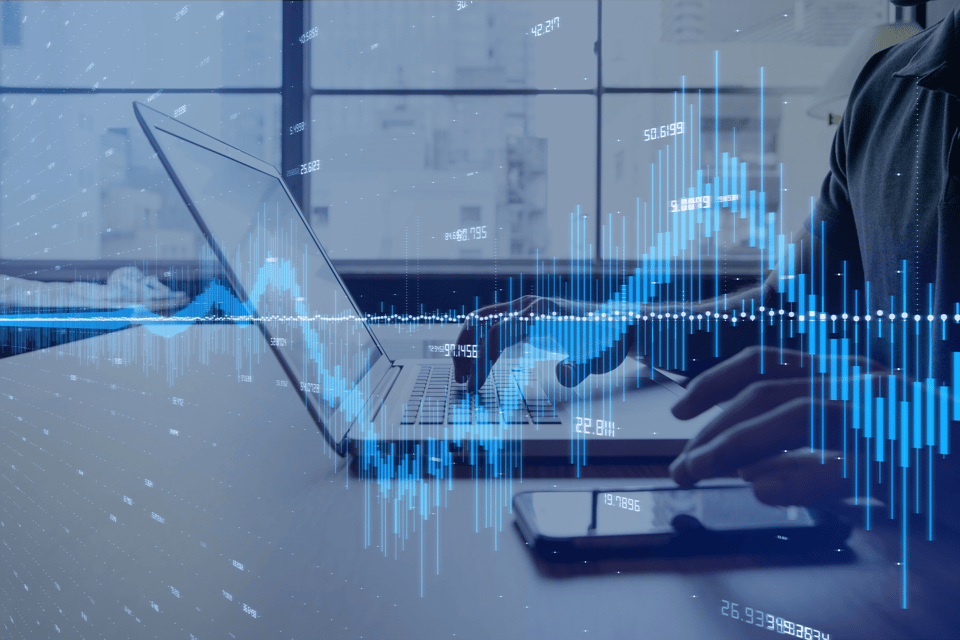Spending some time on a futures trading simulator is a great, risk-free way to gain market-related experience. Let’s take a look at five key benefits that a simulator can offer to help improve your trading skills.
1. Real-time observation
There’s no substitute for the live market. Reading expert blogs and attending webinars are solid learning tools, but to truly understand the speed and ferocity of futures, you must watch the market as it unfolds.
A trading simulator is an essential tool for observing market behavior. It streams exchange-direct data through charts and DOMs, giving the user an opportunity to study the process of price discovery as it develops. This is extremely beneficial because you’ll be able to get a feel for the fluidity and pace involved with trading the live market.
2. Market analysis
Similar to observing the live market, a trader can analyze evolving price action when using a futures trading simulator. You can easily conduct in-depth technical studies via advanced charting and by applying indicators. Access to a live news feed can also help to identify market underpinnings from a fundamental perspective.
A good simulator offers a trader an opportunity to build charts, apply indicators, and view the market impact of timely news items. By giving you the ability to scrutinize relevant fundamentals and technicals, the simulator helps to place a product’s price action into a manageable context.
3. Strategic development
A viable strategy is one that identifies positive expectancy trading opportunities and defines how to manage each trade. This involves incorporating technical or fundamental analysis, order types, and risk management parameters. Simulators offer the user a variety of options in each trade-related area—all of which help a trader develop a rock-solid strategic base.
In live futures trading, building a strategy through trial and error can be expensive. A futures trading simulator offers a risk-free way of accomplishing this task.
4. Practice makes perfect
Although modern software trading platforms typically feature the automation of most trade-related functions, there are still many tasks that must be carried out manually. Accordingly, ample practice can help traders eliminate unforced errors and ultimately save money.
A futures trading simulator is a great way to improve your aptitude in the following areas:
- Order entry: Placing different order types using the trading DOM can help you develop the skills necessary to excel in the live market.
- Chart navigation: Becoming fluent in charting is a big part of technical trading. Through repetition, customizing charts quickly in live-market conditions can become second nature.
- Account management: A key element of active trading is managing your profit and loss (P&L). The functionality of a simulator is a great way to become accustomed to accounting for assets and liabilities on the fly.
As the saying goes, “practice makes perfect.” The use of a simulator is the best way to practice active trading without risking money in the live market.
5. Confidence
The futures markets are fast-moving, ultra-competitive environments. To succeed, a trader must be both competent and confident. Spending ample time on a futures trading simulator can improve your familiarity with the market while building your confidence in analytics and trade execution.
Being “confident” means something different for each active futures trader. For market newbies, confidence hinges upon becoming comfortable with the ebb and flow of price action itself. For veteran traders, working through a rough period without losing additional money can help to regain lost mojo. In either case, a simulator is a great tool for building or restoring confidence.



